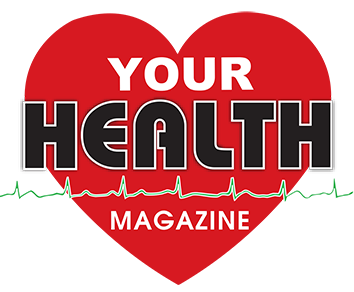
More Weight Control, Nutrition & Exercise Articles
Exercising Improves Women's Health
You have likely heard that an active lifestyle can lower your risk of early death, but it is worth repeating.
There is strong evidence that regular physical activity lowers women's risk of several conditions including heart disease, stroke, high blood pressure, diabetes, depression and breast cancer. A recent study even found that moderate exercise can help women reduce their risk for kidney stones.
The best results from exercising come from engaging in different types of physical activity. A good fitness routine should include aerobic and strength-training activities, and may also include stretching activities.
Aerobic activities move large muscles in your arms, legs, and hips over and over again. For many people one of the easiest aerobic exercises is walking. Other aerobic activities include jogging, bicycling, swimming, and tennis. Group classes such as step aerobics, spinning and Zumba are also aerobic-based.
In order to build muscle and improve endurance, strength-training activities are important. Examples of strength-training activities include working out with weight machines, free weights, and resistance bands. Push-ups, squats, and sit-ups are examples of strength-training activities you can do without any equipment. Strength-training has also been shown to help strengthen your bones and prevent osteoporosis.
Being physically active is generally safe, if you are careful. However, it is important to take steps to prevent injury.
If you've not been physically active, start your program with short sessions 5-10 minutes of daily physical activity and build up to longer sessions. It is important to drink plenty of fluids when you are physically active, even if you are not thirsty. And you should always stop your activity if you feel very out of breath, dizzy, nauseous, or have pain.
Exercise should not hurt. You might feel some soreness, a little discomfort, or a bit weary. But you should not feel pain. In fact, in many ways, being active will probably make you feel better.
If you have any pre existing health problems, it is strongly recommended that you speak with your physician prior to beginning a new fitness program.
Other Articles You May Find of Interest...
- Ten Lifestyle Habits and Practices for a Healthier Family
- When to Reach Out for Support: Navigating Food Fears with the Help of an Eating Disorder Dietitian
- Five Reasons to run a marathon: Get your trainers on…
- MAY MARKS CELIAC AWARENESS MONTH
- Lifestyle Changes To Lower Cholesterol
- Let’s Get Physical: Making Physical Activity a Part Of Your Family Life
- Bariatric Surgery and Sleep Apnea

















